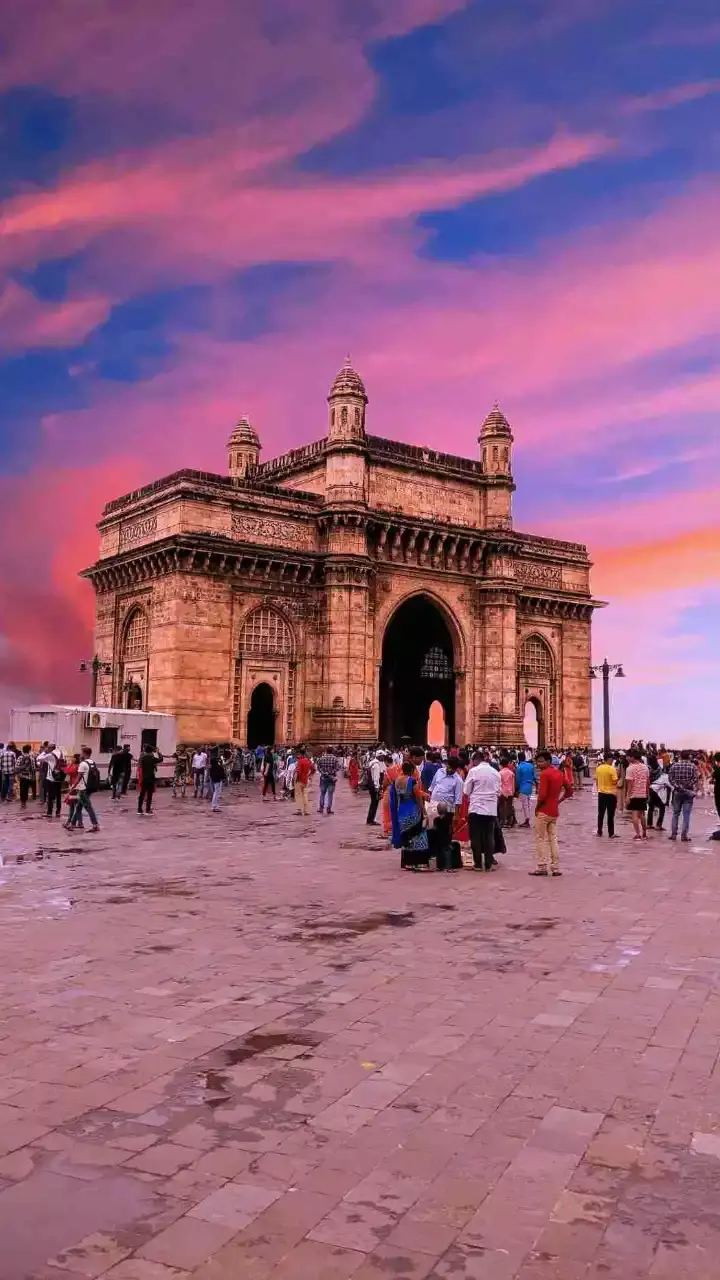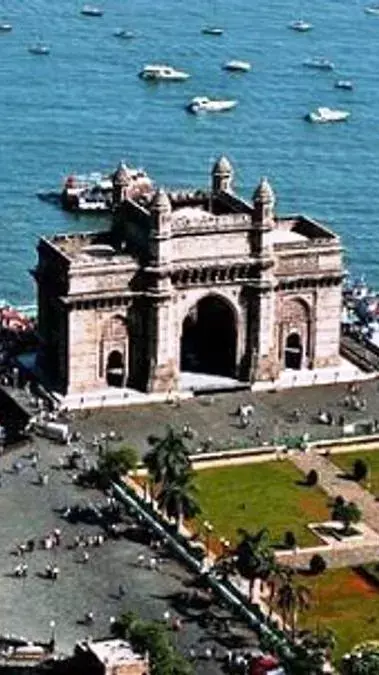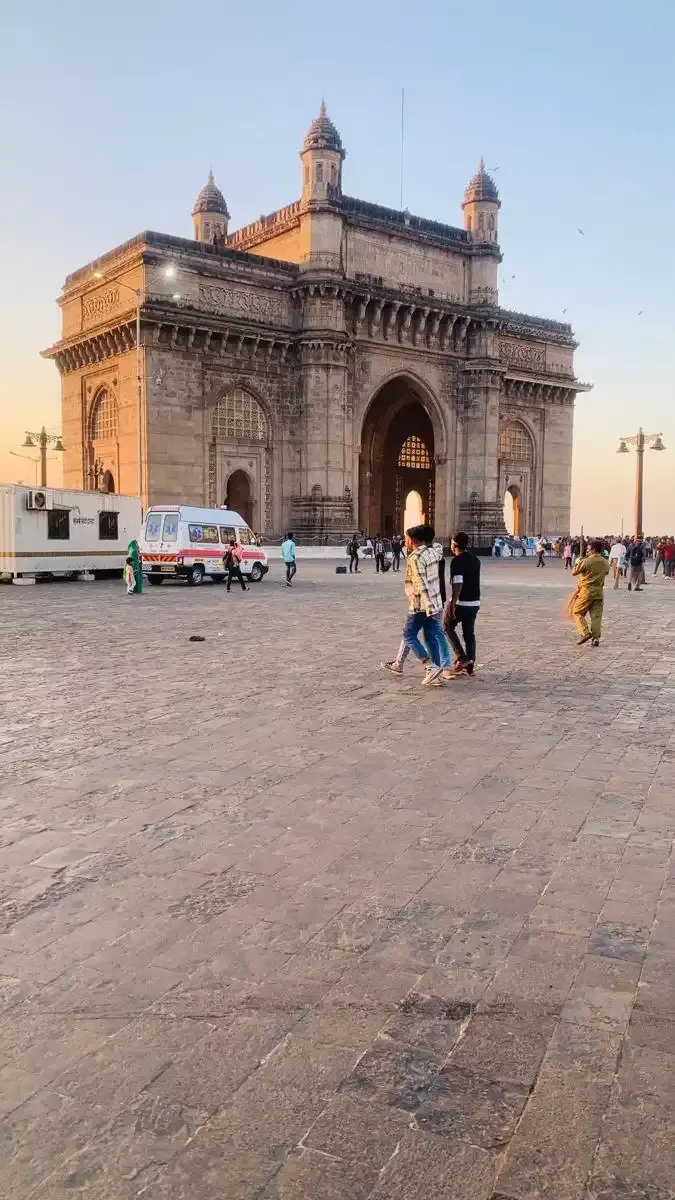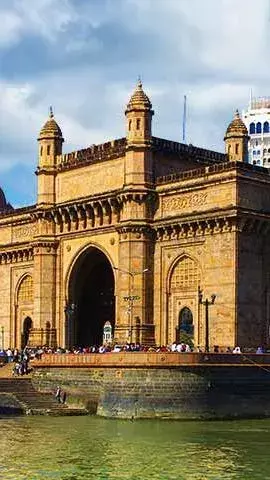
The Interesting Facts About Gateway of India

The Gateway of India was built to commemorate the visit of King George V and Queen Mary to India in December 1911. It was intended to be a ceremonial entrance to India for important colonial figures.

The structure is a blend of Hindu and Muslim architectural styles, with elements of Roman triumphal arches. The design features intricate latticework and honeycomb structures, showcasing a fusion of various cultural influences.

The Gateway was designed by Scottish architect George Wittet. Its construction began in 1913 and was completed in 1924. The structure was built using yellow basalt and reinforced concrete.
The Gateway of India stands at a height of 26 meters (85 feet) and is a striking symbol of the city of Mumbai. It has a central dome with a diameter of about 15 meters (49 feet).
The first major event at the Gateway of India was the arrival of the last British troops to leave India in 1948. This marked the end of British rule and the beginning of India's independence.
Today, the Gateway of India is one of the most popular tourist attractions in Mumbai. It offers stunning views of the Arabian Sea and is a starting point for ferries to the Elephanta Caves, another UNESCO World Heritage site.
The Gateway of India is considered a symbol of unity and diversity in India. It represents the country's rich history and cultural heritage.
It is located on the waterfront in the Apollo Bunder area in South Mumbai, overlooking the Arabian Sea. The Taj Mahal Palace Hotel is situated nearby, adding to the historical and touristic value of the location.